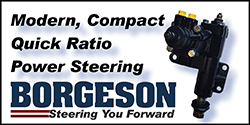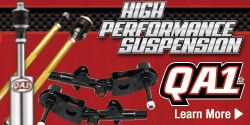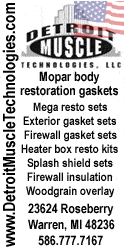mopowers
Well-Known Member
I've picked up a used set of Trick Flow 190 SB heads that I'm checking over. I'm going to have a local shop check and skim the desk surface if needed, but was hoping to lap the valves and verify installed height and spring pressures before reassembling.
What is the acceptable variation of valve spring installed height? Is .010"-.015" reasonable?
What is the acceptable variation of valve spring installed height? Is .010"-.015" reasonable?
















